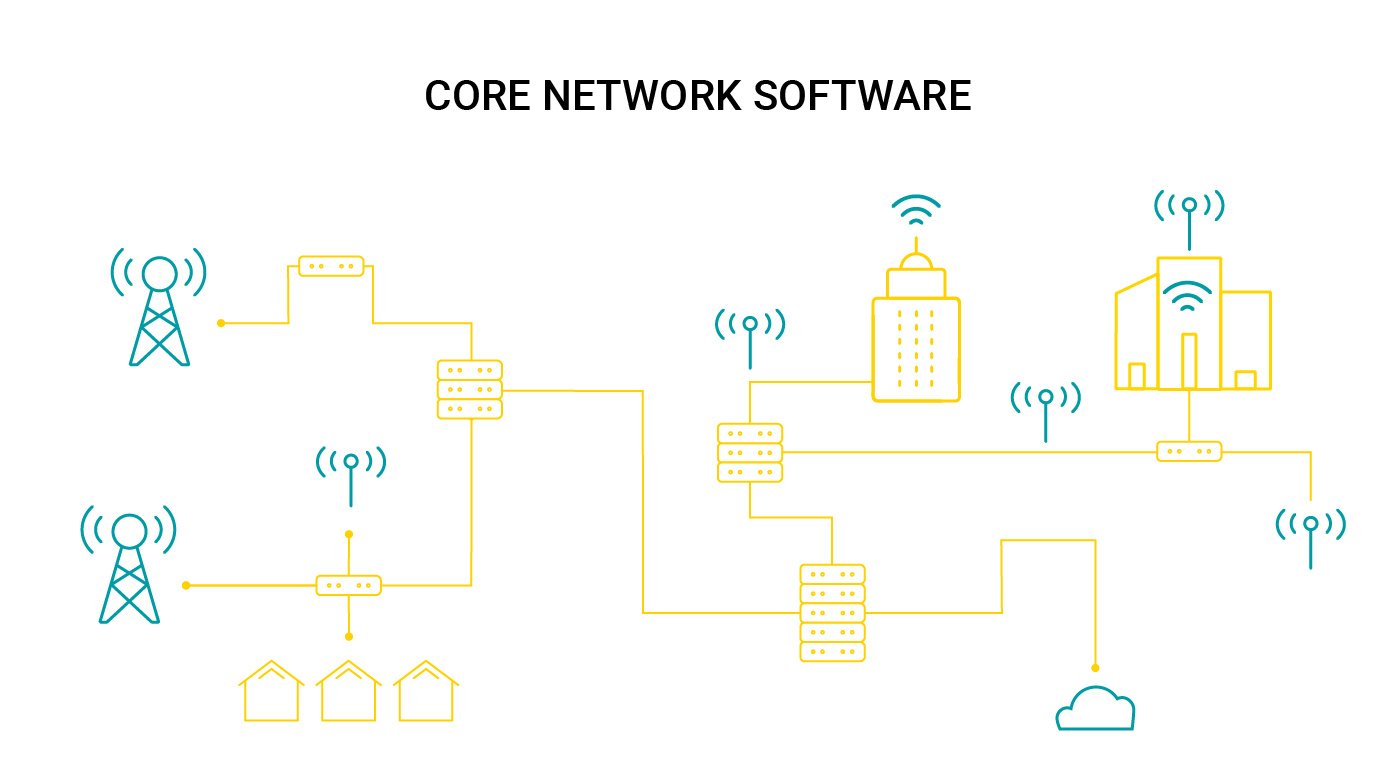With the rise of the Internet era from the second-generation cellular networks of the 1990s up until the highly-anticipated budding 5G infrastructure of today, the telecommunications industry has been experiencing a steadily rapid pace of global evolution, and this is quite obvious to say. What isn’t that clear is the tremendous impact that the recent surge in the volume and richness of data traveling across networks globally has on this dynamic but fairly stable development. Reports state that with some operators, the demand for broadband communication services has soared even by 60% compared to before the outbreak.
The stakes are higher than ever before as there is indeed potential for this evolution to become an industry-wide revolution. Yet, the way to achieve that is not only in maximizing the number of subscribers, range of access networks, and amount of data traffic but also in assuring the quality of the core network service that stands behind every telecommunications deployment. In this article, we’ll be explaining the whats and whys of core networks and the core network software used for the purpose of their management.
What is a core network?
In telecommunications, a core network (also called a backbone network) is a central conduit designed to transfer network traffic at high speeds. Dedicated to maximizing the reliability and performance of large-scale and long-distance data communications, core networks connect local area networks (LANs) and wide-area networks (WANs) together. With the use of access network devices, such as OLTs, CMTS, DSLAM, MSAN, or eNodeB, the core network handles the conversion and multiplexing of the standard signal of the client endpoints within the access network. Apart from that, devices belonging to a core network may also be responsible for authentication, aggregation, switching, service invocation, and subscriber charging mechanisms.

Core network software explained
Due to their complexity, core network deployments of today are facing several challenges. Telecoms, large and small, face many challenges related to the automated service activation and the management of networks that involve heterogeneous technologies (both new and legacy), different vendors, and a wide range of device types. This diversity in network infrastructure poses a threat to the reliability of the broadband services they are providing. It is, therefore, the role of core network software to bring all the scattered elements together and guarantee service assurance for the telecom industry that is bursting at the seams.
Core network software is about ensuring the highest quality of services that a network has to offer to its users by handling issues that appear during core operation. Thus, the main task of the core network software is to monitor the different parameters of the service based on the information provided by the access network devices operating inside the core network and process them to present meaningful insights to the operator. Offering tools to identify and act on the issues that come up, the core network software is a powerful aid to any network operator in their struggle to bring quality, stability, and predictability to their services.
Transform your operations with us
Broadband service assurance – where to start?
What then are the factors that make a core network software solution special and worth its salt? Traditional systems for monitoring and pinpointing network issues seemed to have been good enough, even up until recently. But in view of the heterogeneity of technologies, solutions, and hardware that have paved their way into core broadband network infrastructures of today, it is impossible for core network software to hold its ground without evolving towards more AI-powered proactive solutions that lift much heavier loads off the communication service providers’ (CSPs) back.
Offering the above, and even more, is BSAP, the AVSystem’s Broadband Service Assurance Platform. As a piece of advanced core network software, BSAP is a unified solution for monitoring and management of various types of network access network devices – CMTS, DSLAM, OLT, and others – across different technology protocols. Combining varied data sources into one unified view, it presents the current state of the whole deployment using dashboards for data visualization and powerful data grouping mechanisms.
What’s more, BSAP enables operators to move from manual and reactive maintenance to AI-powered proactive fault prevention. By analyzing recurring patterns of device behavior, its intelligent algorithm identifies underlying issues and informs the operator even before a major breakdown happens.
.png)
Wrapping things up
With a historically highest demand for rich content and an ever-increasing penetration of smartphones, the pandemic-driven jump in data traffic is both a challenge and a chance for CSPs. Core network software is there to take this great burden off the backs of their core networks and turn it to their advantage by ensuring the consistent and highest possible quality of service, reducing downtime and mean time to repair, and ultimately driving customer satisfaction.
